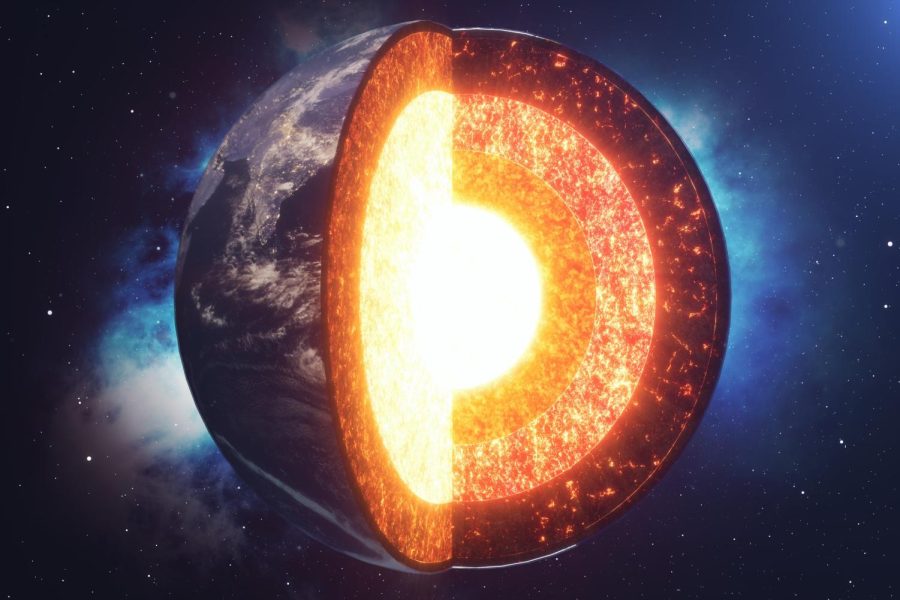Is it Time to Find a New Home?
June 3, 2022
Researchers announced this week that the Earth’s core is cooling at a quicker rate than previously anticipated, which might hasten the planet’s eventual march toward uninhabitability in millions or billions of years.
The planet’s interior has been steadily cooling for its entire 4.5 billion-year history, which has been a generally beneficial pattern as it developed into its present green paradise, where people have lived for the past 200,000 years or so.
This viewpoint highlights the question of how quickly the Earth has lost heat during its history, which is closely related to the fundamental question of how long the Earth will stay dynamically active. However, how swiftly this process has been taking place is still being investigated.
Bridgmanite, a typical conductive mineral found between the Earth’s core and mantle, was researched by a group of scientists. They discovered it to be 1.5 times more conductive than previously anticipated, implying that Earth’s cooling process may be faster than previously assumed.
The findings show that the mantle is more effectively chilled, which would diminish numerous tectonic events powered by mantle convection more quickly than traditionally thought thermal conduction behavior would predict.
The planet’s magnetic field, which protects Earth from damaging cosmic radiation, will be lost if it becomes frigid. Earth would become a barren, inhospitable rock at that moment. The researchers didn’t venture a prediction as to how long life on Earth may last.
According to a 2013 prediction by Andrew Rushby of the University of East Anglia in the United Kingdom, Earth’s viability for life would last another 1.75 billion to 3.25 billion years, assuming no nuclear holocaust, rogue asteroid, or other unanticipated catastrophes.
Source: https://www.sciencedirect.com/science/article/pii/S0012821X21005859
